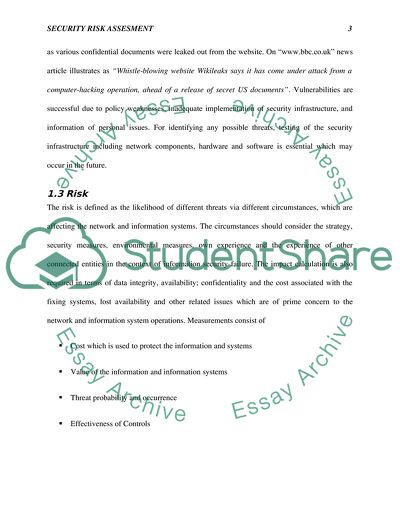Cite this document
(Information Technology Security Risk Research Paper, n.d.)
Information Technology Security Risk Research Paper. Retrieved from https://studentshare.org/information-technology/1746871-information-technology-security-risk-assessment
Information Technology Security Risk Research Paper. Retrieved from https://studentshare.org/information-technology/1746871-information-technology-security-risk-assessment
(Information Technology Security Risk Research Paper)
Information Technology Security Risk Research Paper. https://studentshare.org/information-technology/1746871-information-technology-security-risk-assessment.
Information Technology Security Risk Research Paper. https://studentshare.org/information-technology/1746871-information-technology-security-risk-assessment.
“Information Technology Security Risk Research Paper”, n.d. https://studentshare.org/information-technology/1746871-information-technology-security-risk-assessment.


